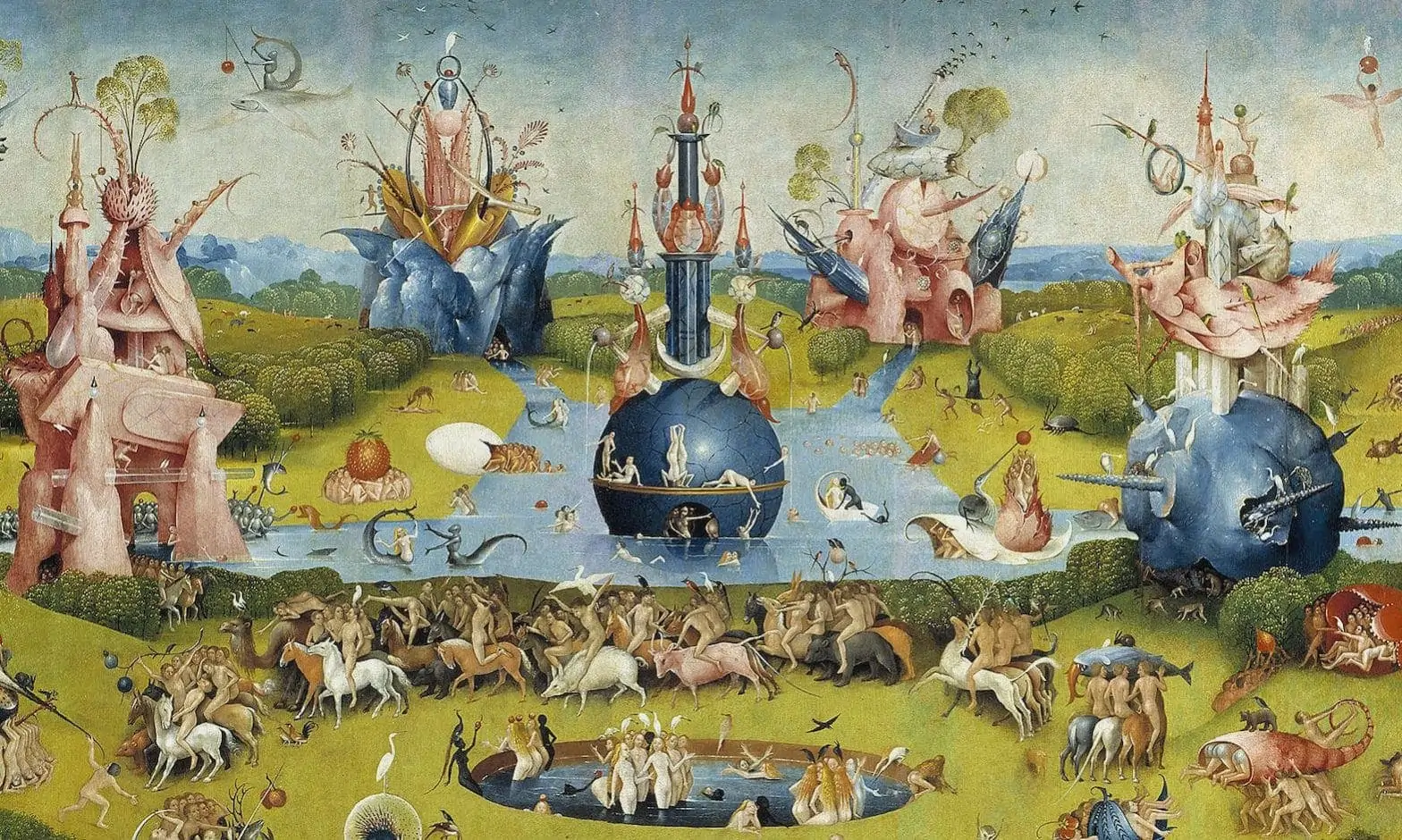Once variables (also called factors and drivers according to authors) have been identified – and in our case mapped, most foresight methodologies aim at reducing their number, i.e. keeping only a few of those variables.
Indeed, considering cognitive limitations, as well as finite resources, one tries obtaining a number of variables that can be easily and relatively quickly combined by the human brain.
The problem we here face methodologically is how to reduce this number of variables at best, making sure we do not reintroduce biases or/and simplify our model so much it becomes useless or suboptimal.
Furthermore, considering also the potential adverse reactions of practitioners to complex models, being able to present a properly simplified or reduced model (however remaining faithful to the initial one) is most often necessary.
The remaining part of this article is for our members and those who purchased special access plans. Make sure you get real analysis and not opinion, or, worse, fake news. Log in and access this article.



